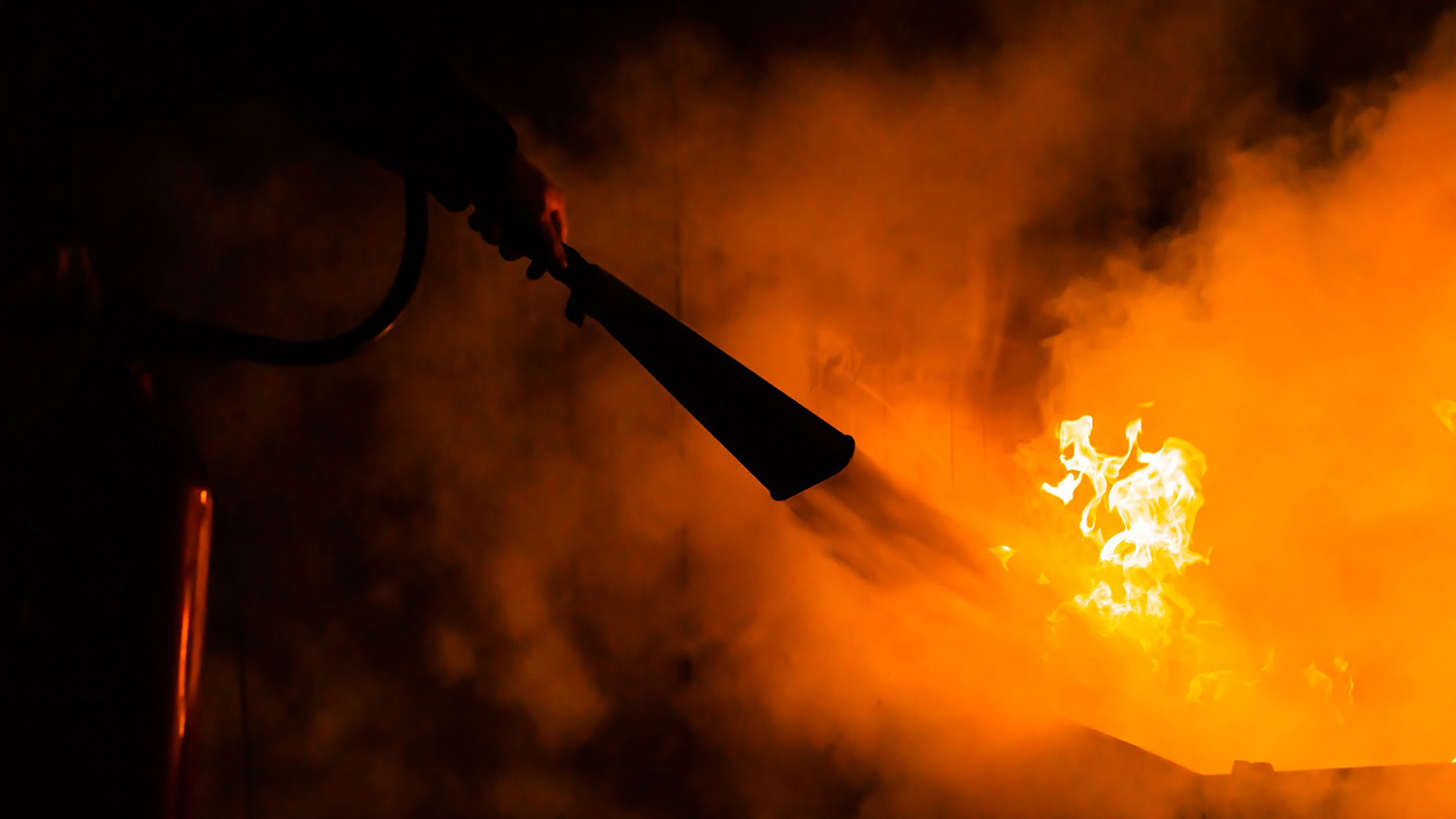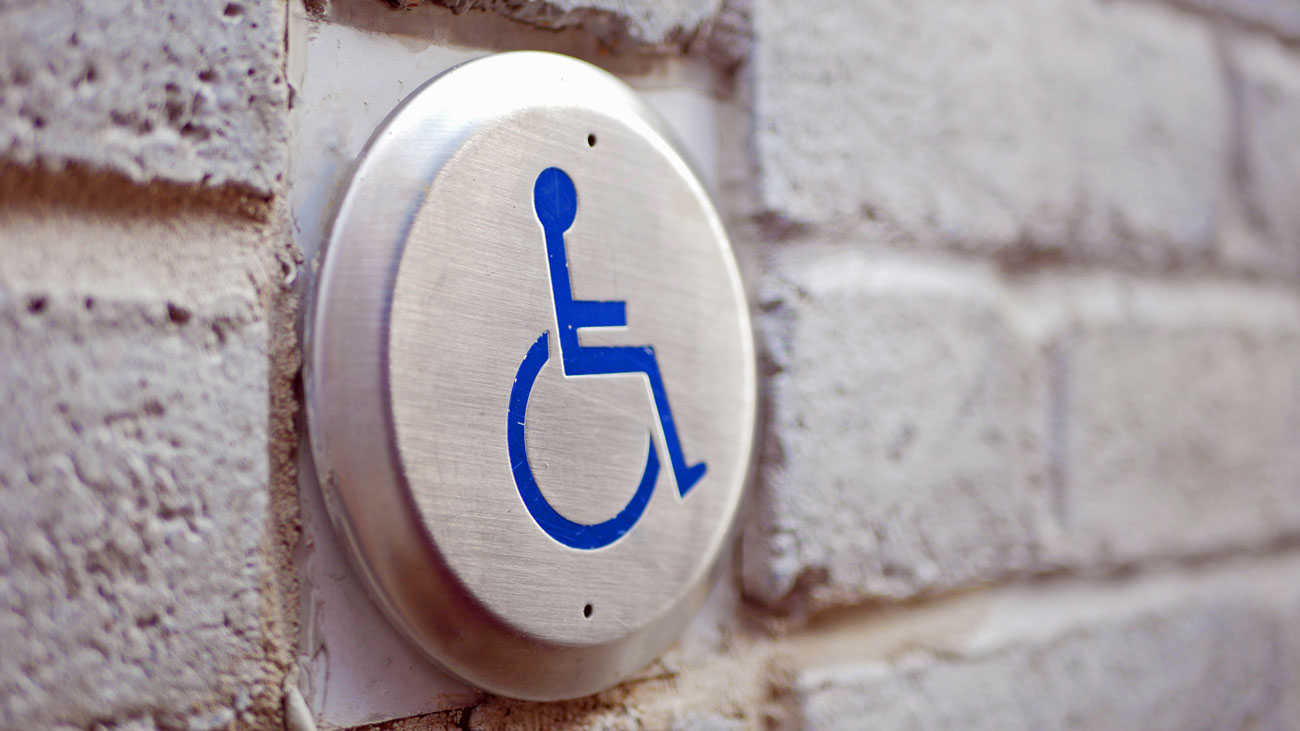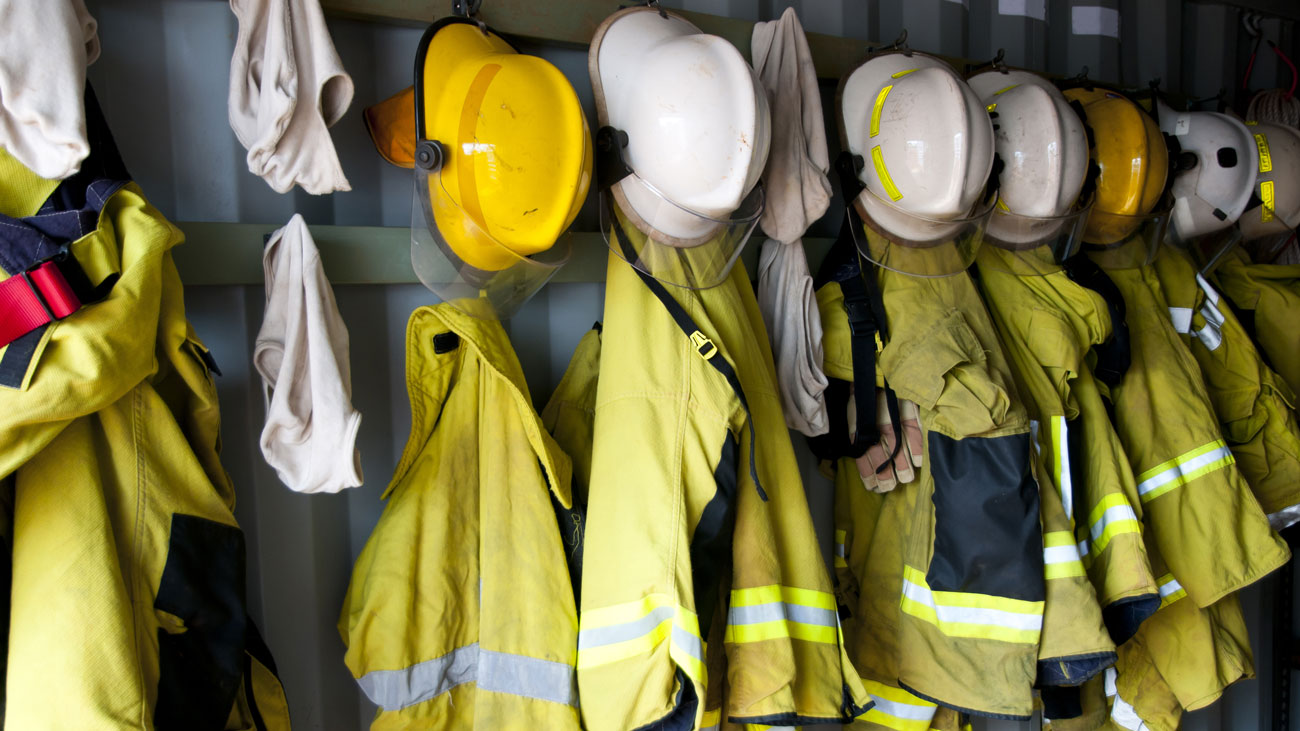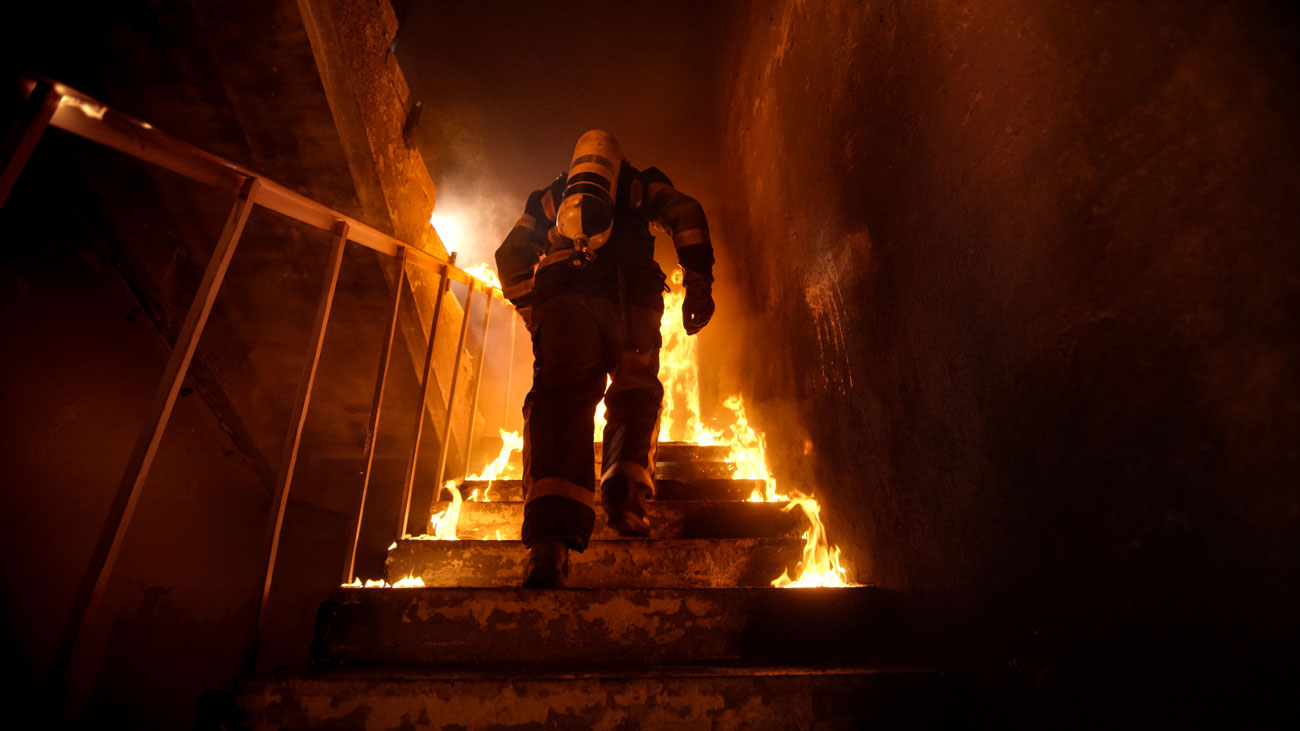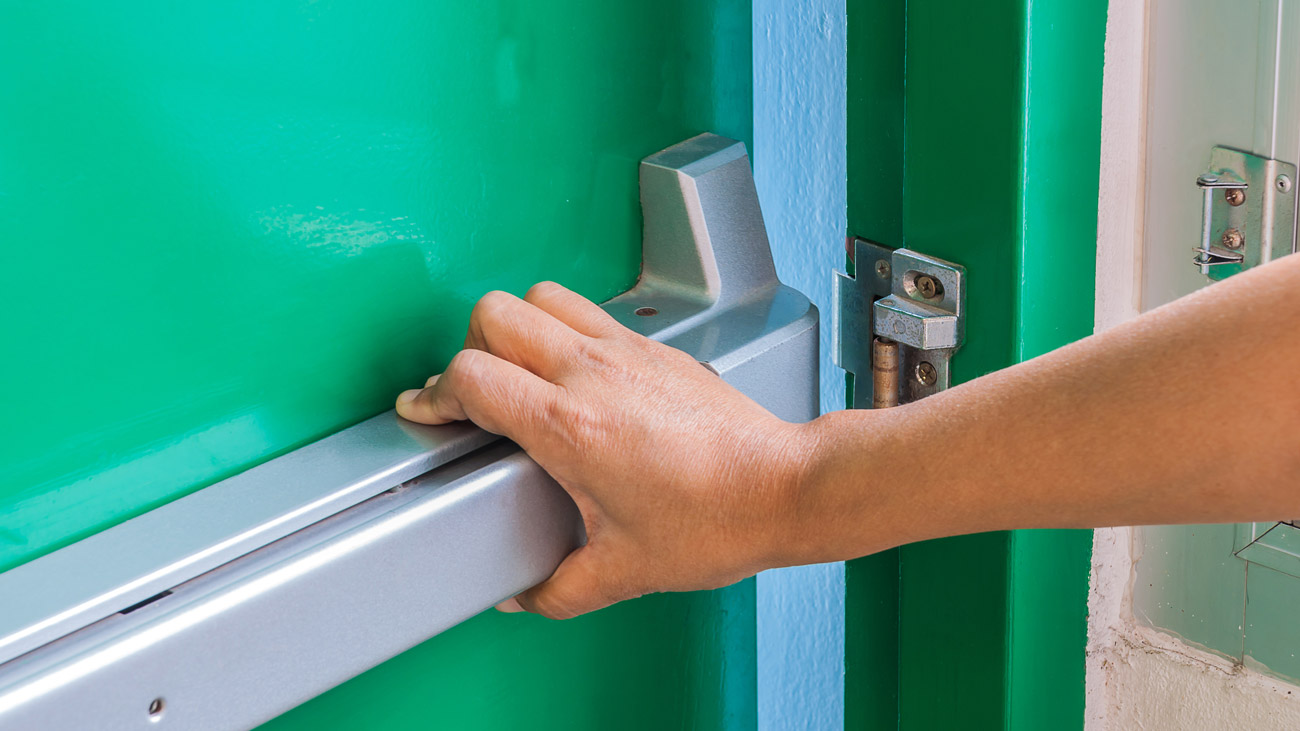
Fire safety: the critical role of the engineer
29 May 2024
Engineers have a critical role and significant responsibilities in ensuring fire safety for others. These responsibilities span the entire lifecycle of a project, from design and construction to operation and maintenance. Here are the key responsibilities engineers have for the fire safety of others:
Design phase
- Compliance with codes and standards: Engineers must ensure that their designs comply with all relevant fire safety codes, standards, and regulations. This includes local building codes, national standards, and industry-specific guidelines, such as those from the HSE.
- Fire-resistant materials and construction: Selecting appropriate materials and construction techniques that resist fire and prevent its spread. This includes specifying fire-resistant materials for walls, floors, and structural elements.
- Fire protection systems: Designing effective fire protection systems such as sprinklers, fire alarms, smoke detectors, and fire suppression systems. These systems should be integrated into the building design to provide comprehensive coverage.
- Escape routes and emergency exits: Ensuring that buildings have well-planned and clearly-marked escape routes and emergency exits. These should be easily accessible, adequately lit, and sufficient in number to allow for the safe evacuation of all occupants.
- Fire compartmentalisation: Incorporating fire compartments in the design to limit the spread of fire and smoke. This involves using fire-rated doors, walls, and barriers to contain fires within specific areas.
Construction phase
- Oversight and inspection: Engineers must oversee construction activities to ensure that fire safety designs and specifications are properly implemented. Regular inspections and quality control checks are essential to verify compliance with fire safety standards.
- Coordination with contractors: Working closely with contractors to ensure that fire safety measures are correctly installed and functional. This includes coordinating the installation of fire protection systems and verifying that materials meet fire safety specifications.
Operation and maintenance
- Regular inspections and testing: Engineers should establish protocols for the regular inspection and testing of fire safety systems. This ensures that systems such as alarms, sprinklers, and extinguishers are operational and effective.
- Maintenance plans: Developing and implementing maintenance plans for fire safety systems to ensure they remain in good working condition. This includes scheduling regular maintenance, testing, and replacement of components as needed.
- Emergency preparedness: Assisting in the development of emergency response plans and procedures. This includes creating evacuation plans, conducting fire drills, and training building occupants on fire safety protocols.
- Risk assessments: Conducting regular fire risk assessments to identify potential hazards and implement measures to mitigate them. This includes evaluating changes in building use, occupancy, or operations that might affect fire safety.
Legal and ethical responsibilities
- Duty of care: Engineers have a duty of care to protect the health and safety of building occupants and users. This involves taking all reasonable steps to ensure that fire safety measures are in place and effective.
- Professional accountability: Adhering to the ethical standards and codes of conduct of their profession. Engineers must act with integrity, competence, and in the best interest of public safety.
- Documentation and reporting: Maintaining thorough documentation of fire safety designs, inspections, maintenance activities, and any incidents. Engineers should also report any fire safety deficiencies or risks to relevant authorities and stakeholders.
Continuous improvement
- Staying informed: Keeping up to date with advancements in fire safety technology, changes in regulations, and best practices. Continuous learning and professional development are crucial for maintaining high fire safety standards.
- Innovative solutions: Applying innovative engineering solutions to improve fire safety. This includes using advanced materials, fire modelling software, and integrating smart technologies for early fire detection and suppression.
By fulfilling these responsibilities, engineers play a vital role in ensuring the fire safety of buildings and structures, thereby protecting lives and property.



